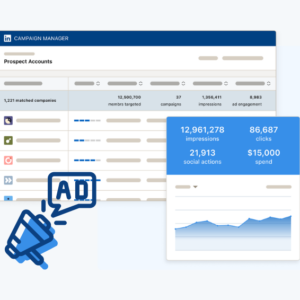There are more than 4 billion internet users today with slightly over half accessing the internet at least once a month. As incomes rise in the developing world, this number will only continue to grow. This massive internet population is changing how business is done. In many countries, ecommerce sales are rapidly gaining on brick and mortar stores.
One area where the power of the Internet hasn’t been exploited as much as it could be is online surveys. If you haven’t yet used online surveys for your research, here are the key advantages that show you why it’s the right thing to do.
Cheaper
Traditional surveys are fairly expensive. You don’t just need to print out the actual forms that respondents will fill out, but you may also be required to hire several employees or temporary contractors to interview respondents. For mailed surveys, there’s the cost of postage too.
Online surveys cost far less because nearly all of the work burden is moved to the respondent. As the survey owner, all you need to do is advertise the survey online or send potential participants email reminders, then wait for the data to come in electronically.
More Flexible
When you first create a survey, there may be errors in grammar, format, phrasing or question order. In traditional surveys, you’d have to reprint and redistribute the questions. With online surveys, you can fix any errors and ensure continuous improvement in real time.
In addition, online surveys are usually self-administered meaning the participant can pause at any time and resume later. This flexibility makes the surveys less burdensome and also gives the respondent time to think through their answers. You can expect more accurate and detailed feedback since the participants don’t feel rushed to complete it.
Online surveys don’t have to be filled in during working hours—participants can complete them from their home or wherever convenient.
Faster
Online surveys allow you to collect large volumes of relatively well-formatted data in a short time. Thousands of participants can simultaneously complete the survey which drastically reduces the time you need to get to the analysis and reporting phase.
Since it’s web-based, you can instantly validate respondent input by forcing all information entered in a field to adhere to a specific format. The user can immediately know that the data they provided is incorrect and therefore make the changes before they finally submit it.
Data from online surveys is well-suited for direct loading to analysis software. There’s no need for arduous and time-consuming data entry. The absence of manual entry means reduction in errors and a lower likelihood of interviewer influence or bias.
More Simplified and Versatile
Questionnaires can be long and complex. Traditional surveys would sometimes feature multiple pages of questions that need to be filled out. Just the sight of this booklet was enough to turn away all but the most enthusiastic respondents.
Online surveys allow the breaking down of complex surveys into bite-sized sections. This makes the questions feel less overwhelming. You can incorporate drop-down lists in certain fields so participants can quickly select the most appropriate response.
You can even add audiovisual content to make respondents more excited to be involved. Audiovisual content would also come in handy when you want participants to choose between different product designs and models (such as cars).
Larger Sample Sizes
There are billions of internet users. Theoretically, these are all potential participants in your online survey. In reality, though, you are likely more interested in a specific market segment and would therefore prefer your participants to come from that demographic.
Still, the internet gives you the power to have a much larger sample size than you otherwise would with a traditional survey (and at a far lower cost). Larger sample sizes allow you to capture a more diverse range of responses and could give you insights on niche market segments you hadn’t thought about before.
Internet technology has brought a new world of possibilities in the creation, design, and distribution of online surveys. Take advantage of these vast opportunities today.






